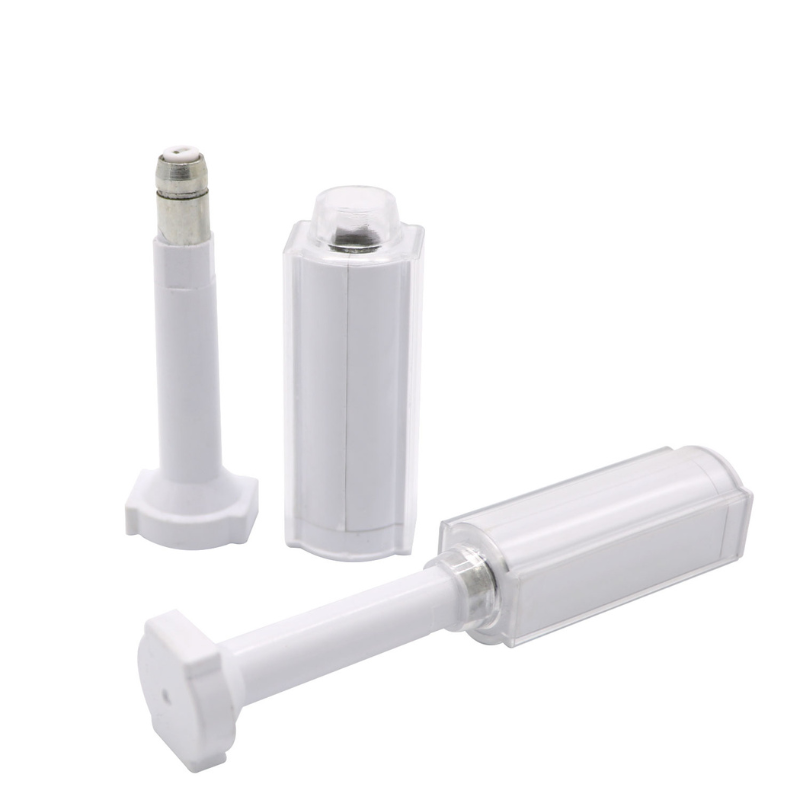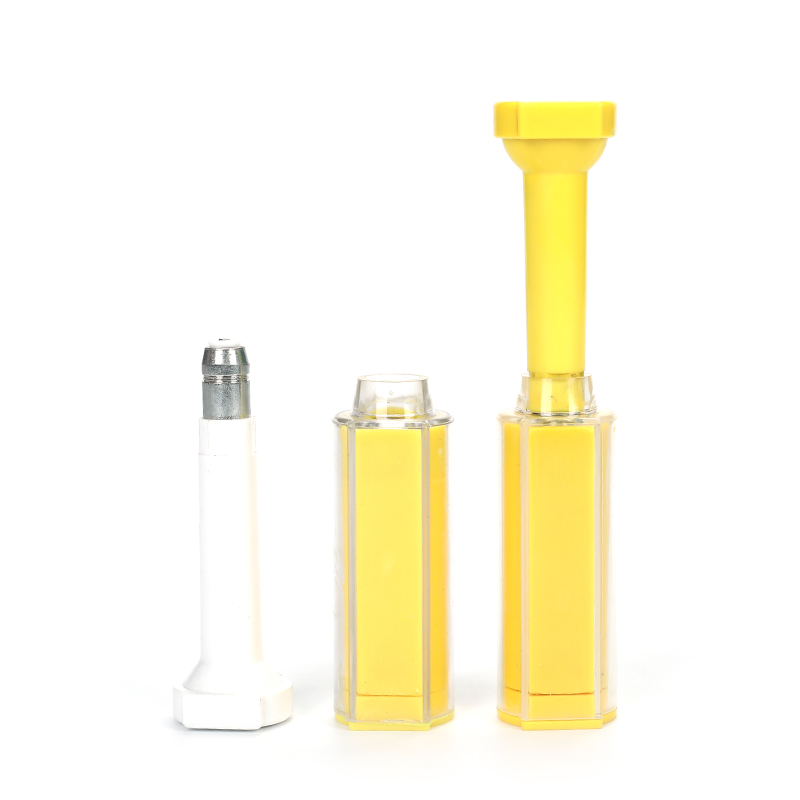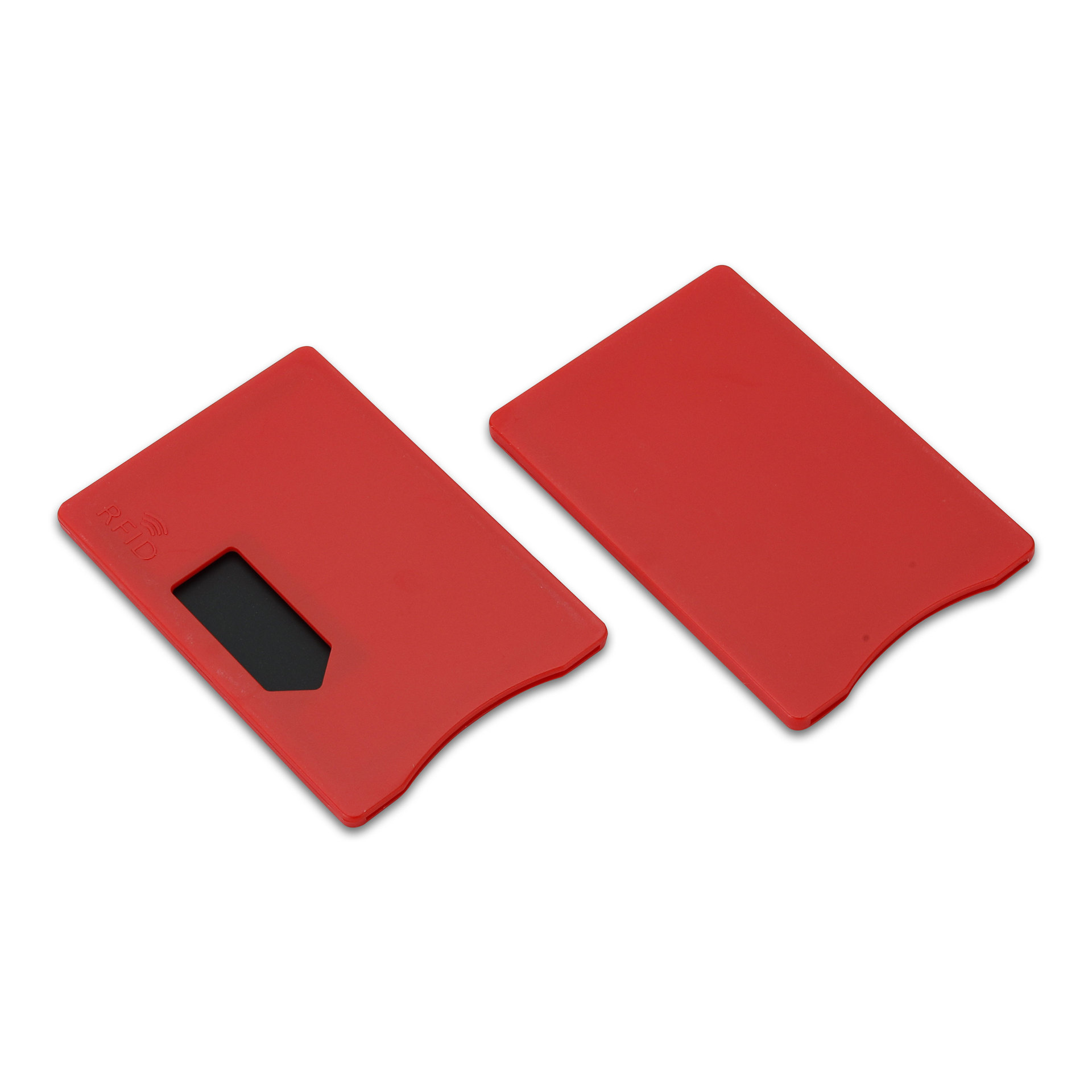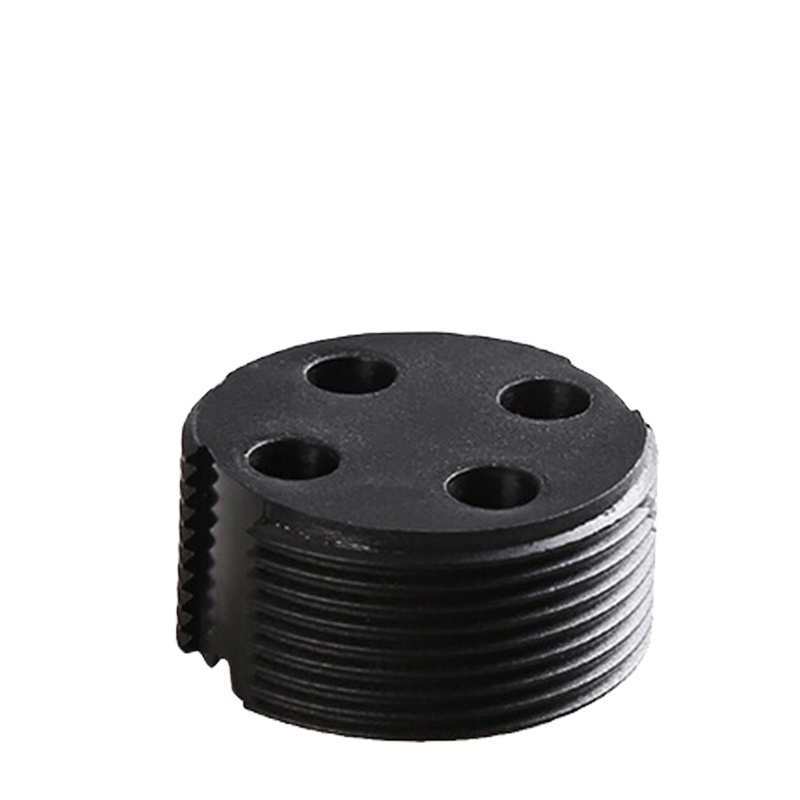
כיצד פועל RFID בניהול מחסנים?
תוֹכֶן הָעִניָנִים
כיצד RFID משנה את ניהול המלאי במחסן
RFID (זיהוי בתדר רדיו) כבר כאן — טכנולוגיה עוצמתית המהפכת את ניהול המחסנים באמצעות מעקב בזמן אמת, אוטומציה ודיוק משופר.
במדריך זה תלמד:
- כיצד פועל RFID בסביבות מחסן
- היתרונות העיקריים לעומת ברקודים
- כיצד ליישם זאת בהצלחה
- אתגרים ופתרונות בעולם האמיתי
- מגמות עתידיות בתחום RFID + IoT עבור לוגיסטיקה
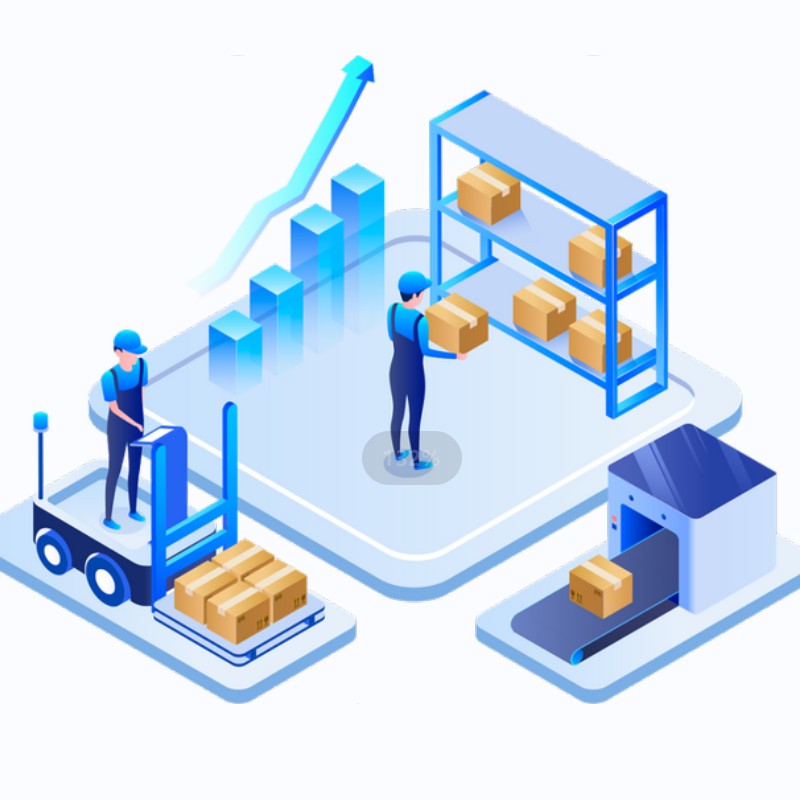
מהו RFID וכיצד הוא פועל בניהול מחסן?
RFID היא מערכת זיהוי אלחוטית המשתמשת בגלי רדיו כדי לעקוב אחר חפצים. כל פריט במחסן שלך מצויד בתג RFID, המשדר נתונים לקורא RFID. הקורא שולח מידע למערכת ניהול המחסן (WMS) שלך, ומספק לך נראות בזמן אמת של מיקום הפריטים ותנועתם.
בניגוד לברקודים, תגי RFID אינם דורשים קו ראייה, וניתן לסרוק מספר תגים בו-זמנית, אפילו מעבר לאריזות או משטחים.
רוצה לבחור את התגים המתאימים להגדרות שלך? גלה את תגי RFID לשימוש במחסנים.
מדוע להשתמש ב-RFID בניהול המחסן שלכם?
RFID חורג מגבולות בקרת המלאי – הוא משנה את אופן הפעילות.
יתרונות מרכזיים:
- מעקב אחר מלאי בזמן אמת – תמיד תדע מה יש במלאי ואיפה הוא נמצא.
- דיוק גבוה יותר – מפחית טעויות אנוש במהלך ספירת מלאי וליקוט.
- יעילות מוגברת – קרא מאות תגיות בשניות.
- עלויות עבודה נמוכות יותר – אוטומציה של משימות כגון סריקה והזנת נתונים.
- נראות משופרת – שילוב עם מערכות ERP לניהול מלא של שרשרת האספקה.
“RFID מאפשר אוטומציה של תהליכים שבעבר דרשו שעות של עבודה ידנית, ומספק לעסקים בקרת מלאי מהירה וחכמה יותר.”
כיצד RFID משפר את דיוק המלאי
תהליכים ידניים הם איטיים ונוטים לטעויות. מערכות ברקודים מחייבות סריקה של כל תווית בנפרד, מה שמביא לעיתים קרובות לפריטים שנעלמים או נקראים באופן שגוי.
באמצעות RFID, ספירת המלאי מתבצעת באופן אוטומטי וכמעט מיידי. כל פריט שסומן ב-RFID מעדכן את המאגר המרכזי כאשר הוא מועבר, נכנס או יוצא מהמחסן, ובכך נמנעות אי-התאמות ומונעות מחסור או עודף במלאי.
RFID לעומת ברקודים: מה עדיף לניהול המחסן שלכם?
גם ל-RFID וגם לברקודים יש את מקומם בניהול מחסנים, אבל RFID מספק יתרונות ברורים:
| תכונה | RFID | ברקוד |
|---|---|---|
| קו ראייה | לא חובה | דָרוּשׁ |
| סריקה סימולטנית | מספר תגים בו זמנית | פריט אחד בכל פעם |
| עֲמִידוּת | התגים ניתנים לשימוש חוזר ועמידים | תוויות נוטות לנזק |
| קיבולת נתונים | גָבוֹהַ | מוּגבָּל |
בעוד שברקודים חסכוניים עבור פעולות קטנות יותר, טכנולוגיית RFID מצטיינת בסביבות הדורשות אוטומציה ומדרגיות.
כיצד ליישם RFID בניהול מחסנים
יישום RFID לא חייב להיות מורכב. בצעו את השלבים הבאים:
- העריך את צרכיך – זהה את החסמים ש-RFID יכול לפתור (למשל, טעויות בבחירת מוצרים, ספירת מלאי איטית).
- בחרו את החומרה המתאימה – בחרו את תגי ה-RFID והקוראים המתאימים בהתאם לסוגי המוצרים ולמדפים שלכם.
- מיקום קוראי המפות – מקם את הקוראים באזורים מרכזיים: קבלה, ליקוט, הכנה ומשלוח.
- שילוב עם תוכנה – ודא שמערכת ה-WMS שלך יכולה לטפל בקלט/פלט נתוני RFID.
- הכשר את הצוות שלך – טכנולוגיית RFID היא ידידותית למשתמש, אך על הצוות להבין את התהליך והכלים.
טיפ: התחל עם אזור פיילוט במחסן שלך לפני פריסה בקנה מידה מלא.
שיקולי עלות עבור יישום RFID
עלות הטמעת טכנולוגיית RFID תלויה בגורמים שונים, בהם גודל המחסן, סוג התגים והקוראים הנדרשים ורמת האינטגרציה עם המערכות הקיימות. אמנם העלויות הראשוניות עשויות להיות גבוהות יותר מאלה של ברקודים, אך החיסכון לטווח הארוך הנובע משיפור היעילות והפחתת כוח האדם הופך את טכנולוגיית RFID להשקעה משתלמת.
אתגרים וחסרונות בשימוש ב-RFID
למרות היתרונות שלו, RFID מגיע עם כמה אתגרים:
- עלות ראשונית: הקמת מערכת RFID עשויה להיות יקרה, במיוחד עבור עסקים קטנים.
- הַפרָעָה: גלי רדיו יכולים להיות מושפעים ממתכות או נוזלים, ומשפיעים על הביצועים.
- תְאִימוּת: שילוב RFID עם מערכות קיימות עשוי לדרוש השקעה נוספת.
הבנת החסרונות הללו של שימוש ב-RFID יכולה לעזור לעסקים להתכונן לתהליך יישום חלק יותר.
RFID ואוטומציה של מחסנים
RFID הוא אבן יסוד באוטומציה המודרנית של מחסנים. הוא מאפשר:
- צ'ק-אין/צ'ק-אאוט אוטומטי של סחורות
- סריקת משטחים ללא שימוש בידיים
- התראות אוטומטיות על מלאי נמוך או פריטים שאבדו
- שילוב עם רובוטיקה ומכשירי IoT
אוטומציה המונעת על ידי RFID מסייעת להפחית את העבודה הידנית, להגדיל את התפוקה ולמטב את השימוש במשאבים.
מגמות עתידיות בטכנולוגיית RFID לניהול מחסנים
ככל שהטכנולוגיה מתקדמת, ה-RFID נעשה מתוחכם יותר. מגמות מתפתחות כוללות:
- אינטגרציה עם IoT: חיבור מערכות RFID עם התקני IoT לנראות משופרת.
- אנליטיקה מונעת בינה מלאכותית: שימוש בנתוני RFID כדי לחזות ביקוש ולייעל את רמות המלאי.
- קיימות: פיתוח תגים ופתרונות RFID ידידותיים לסביבה.
ההתקדמות הללו מדגישה את החשיבות הגוברת של RFID לניהול מלאי במחסנים מודרניים.

שאלות נפוצות
כיצד RFID משפר את ניהול המחסן?
RFID משפר את היעילות על ידי אוטומציה של תהליכי מעקב, צמצום טעויות אנוש ומתן נתוני מלאי בזמן אמת.
מהן העלויות הכרוכות בהטמעת RFID?
העלויות משתנות בהתאם לגודל המחסן ולמורכבות המערכת, אך הן כוללות תגיות, קוראים ותוכנה.
האם RFID יכול להחליף ברקודים במחסנים?
בעוד RFID מציע יכולות מתקדמות יותר, ברקודים נשארים פתרון חסכוני עבור פעולות קטנות יותר.
מהם האתגרים בשימוש ב-RFID?
האתגרים הנפוצים כוללים עלויות ראשוניות, הפרעות פוטנציאליות ובעיות אינטגרציה של המערכת.
כיצד RFID יכול לעזור בניהול שרשרת האספקה?
RFID משפר את הנראות של שרשרת האספקה על ידי אספקת נתונים מדויקים ובזמן אמת, אופטימיזציה של ניהול המלאי ושיפור המעקב.
מוכנים לשדרג את המחסן שלכם?
גלו את המגוון המלא שלנו:
RFID אינו רק שדרוג טכנולוגי — הוא משנה את כללי המשחק מבחינת הרווחיות שלכם.
אנו נעזור לכם למצוא את התצורה המתאימה למחסן שלכם. צרו איתנו קשר עכשיו
הערות
מוצרים לוהטים

מהו ניהול פסולת באמצעות RFID
דמיינו עיר שבה כל פח אשפה מדבר — לא במובן המילולי — אלא באמצעות שבב זעיר שמודיע למערכת מתי הוא מלא, מתי הוא מרוקן ולאן הוא נלקח. זה מה שעושה כיום ניהול פסולת באמצעות RFID.

מהם אטמי בורג ומהן היישומים שלהם? | המדריך המלא
בסחר ולוגיסטיקה גלובליים, אטמי בורג ממלאים תפקיד מכריע בהבטחת אבטחת המטען ותאימותו. מכשירים קטנים אך עוצמתיים אלה נועדו לנעול מכולות משלוח, נגררים ודלתות מטען באמצעות מנגנון המונע חבלה.
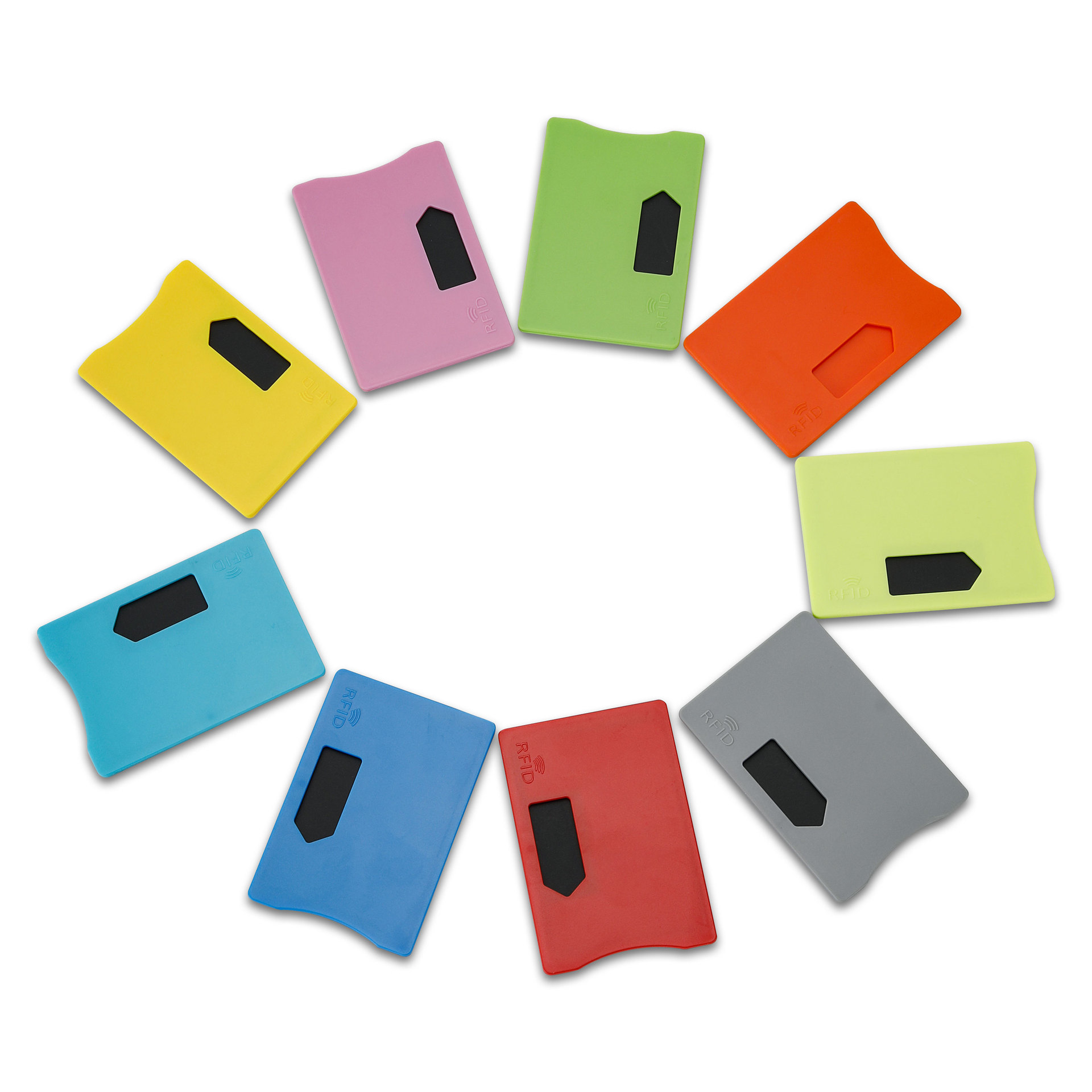
מהו מגן כרטיס RFID? יתרונות, דוגמאות לשימוש ומדריך לקנייה
טכנולוגיית RFID (זיהוי בתדר רדיו) נמצאת בכל מקום: בכרטיסי האשראי, בתגי זיהוי, בכרטיסי נסיעה, במפתחות לחדרי מלון ועוד. היא מציעה מהירות ונוחות, אך היא גם פותחת את הדלת לסוג חדש של גניבה דיגיטלית המכונה “סקים”. כאן נכנס לתמונה מגן כרטיסי RFID.

צמידי RFID לאירועים: מדריך לרכישה בכמויות גדולות למארגנים
צמידי RFID לאירועים הופכים לפתרון המועדף על מארגנים הזקוקים לכניסה מהירה יותר, למניעת הונאות ולתשלומים ללא מזומן בקונצרטים, בפסטיבלים ובאצטדיוני ספורט. בניגוד לכרטיסים מנייר או לקודי QR, צמידים חכמים אלה משתמשים בשבבים מוטמעים כדי לייעל את הגישה, לאבטח את העסקאות ולשפר את חוויית האורחים.
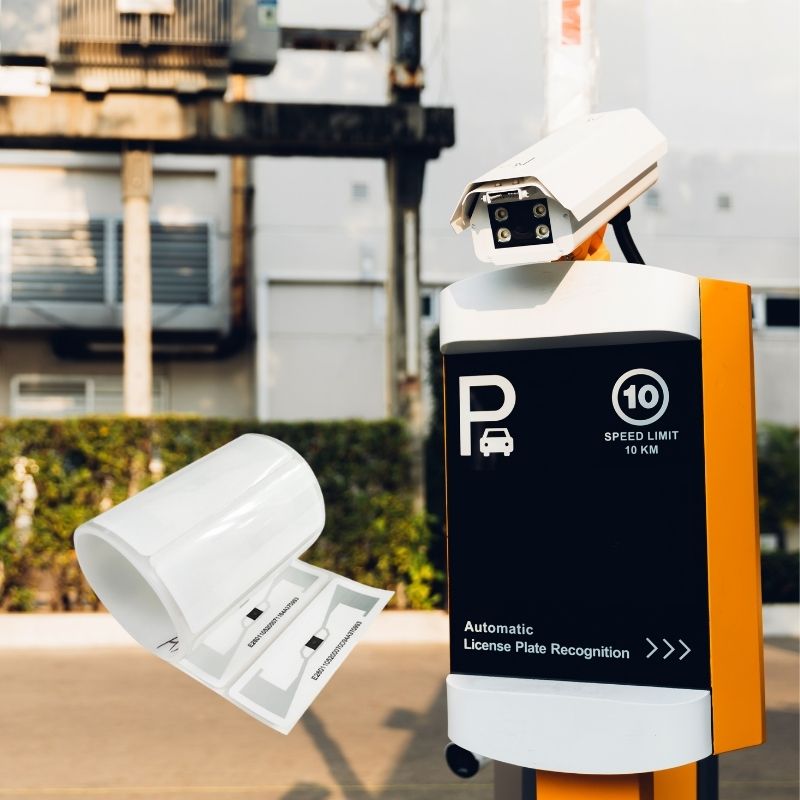
כיצד תג RFID על השמשה הקדמית משפר את בקרת הגישה לרכב ומערכות האגרה
בעולם המהיר של ימינו, זיהוי כלי רכב צריך להיות מהיר, מאובטח וללא מגע. תג RFID על השמשה הקדמית מספק בדיוק את זה — דרך אמינה לנהל גביית אגרה, חניה וגישה לשערים מבלי לעצור את כלי הרכב.
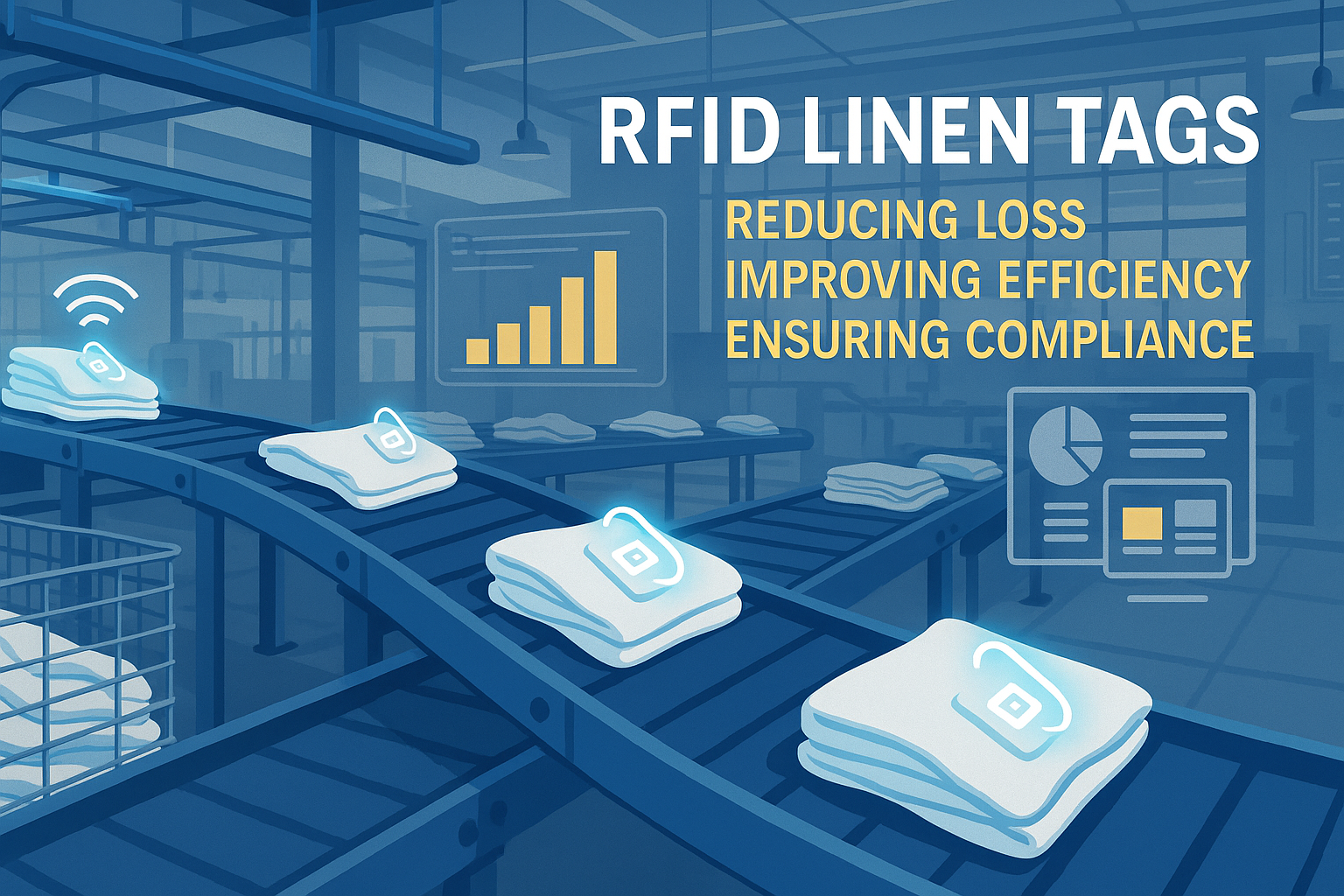
היתרונות של תגי RFID למצעים במכבסות מסחריות
ניהול כביסה בבתי חולים, בתי מלון או שירותי כביסה גדולים הוא משימה לא פשוטה. מדי יום, אלפי סדינים, מגבות ומדים מכובסים, ממוינים ונשלחים בחזרה. אך בעיות כמו אובדן מצעים, טעויות במיון וספירה ידנית עלולות לעלות לחברות הרבה כסף. לדוגמה, בתי מלון בינוניים עלולים להפסיד מעל $200,000 מדי שנה בגלל מצעים שאבדו.
זה המקום שבו תגי RFID לבדים נכנסים לתמונה.
תגים
בלוגים קשורים

מהו ניהול פסולת באמצעות RFID
דמיינו עיר שבה כל פח אשפה מדבר — לא במובן המילולי — אלא באמצעות שבב זעיר שמודיע למערכת מתי הוא מלא, מתי הוא מרוקן ולאן הוא נלקח. זה מה שעושה כיום ניהול פסולת באמצעות RFID.

מהם אטמי בורג ומהן היישומים שלהם? | המדריך המלא
בסחר ולוגיסטיקה גלובליים, אטמי בורג ממלאים תפקיד מכריע בהבטחת אבטחת המטען ותאימותו. מכשירים קטנים אך עוצמתיים אלה נועדו לנעול מכולות משלוח, נגררים ודלתות מטען באמצעות מנגנון המונע חבלה.

מהו מגן כרטיס RFID? יתרונות, דוגמאות לשימוש ומדריך לקנייה
טכנולוגיית RFID (זיהוי בתדר רדיו) נמצאת בכל מקום: בכרטיסי האשראי, בתגי זיהוי, בכרטיסי נסיעה, במפתחות לחדרי מלון ועוד. היא מציעה מהירות ונוחות, אך היא גם פותחת את הדלת לסוג חדש של גניבה דיגיטלית המכונה “סקים”. כאן נכנס לתמונה מגן כרטיסי RFID.

